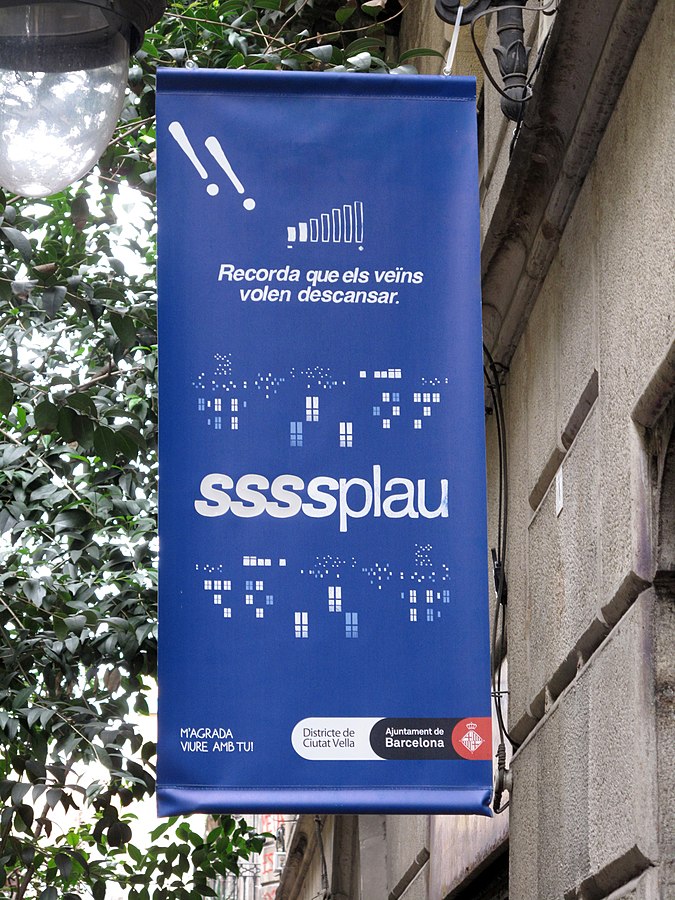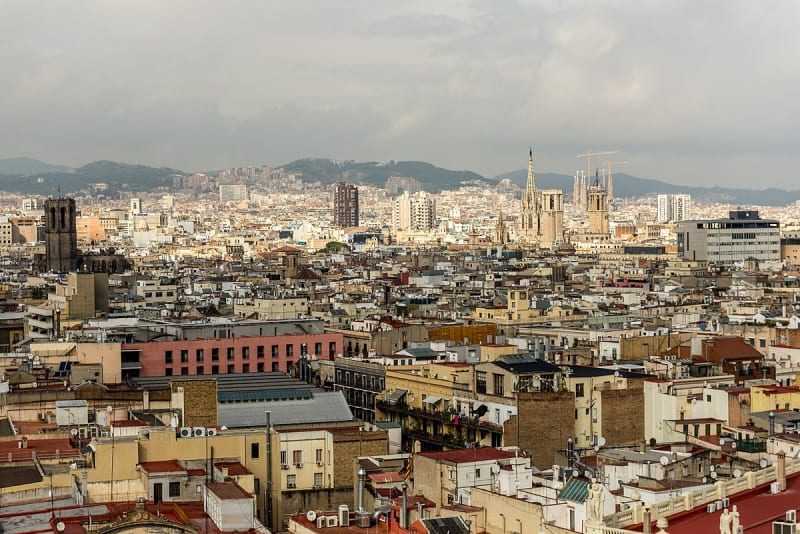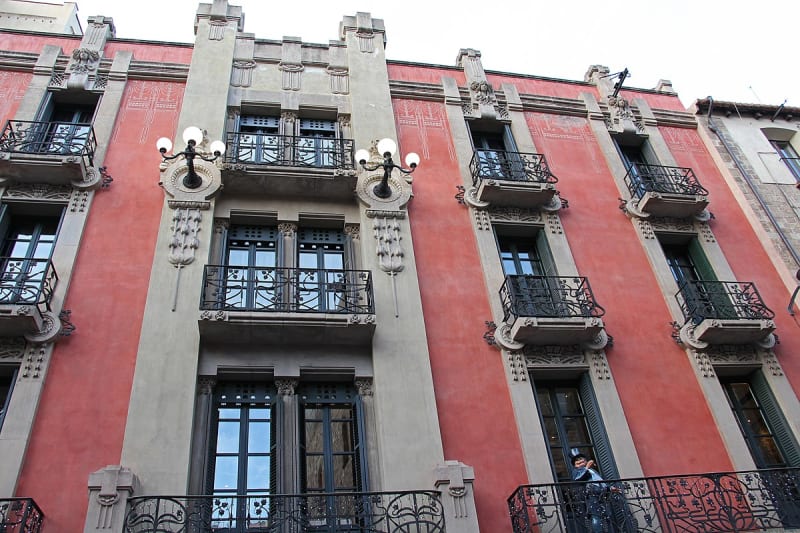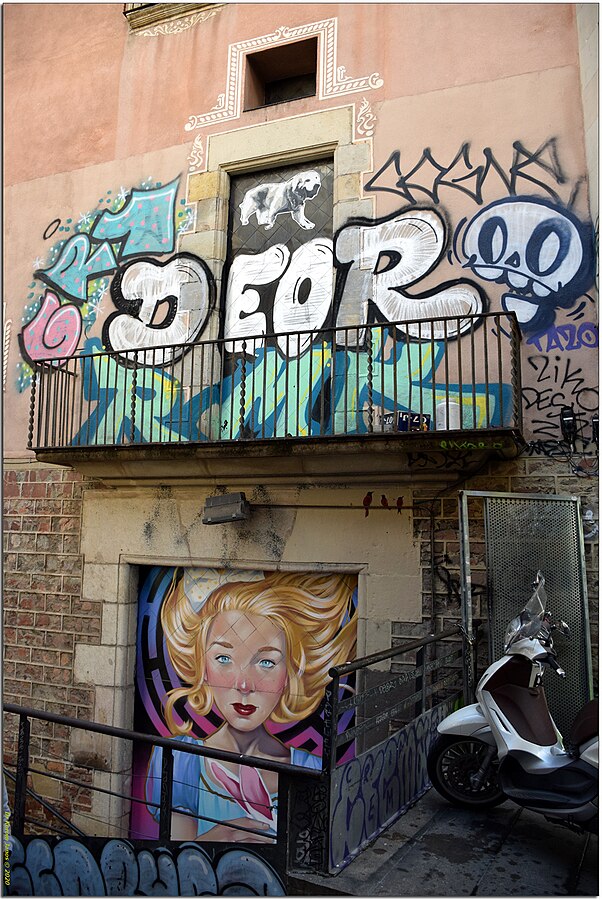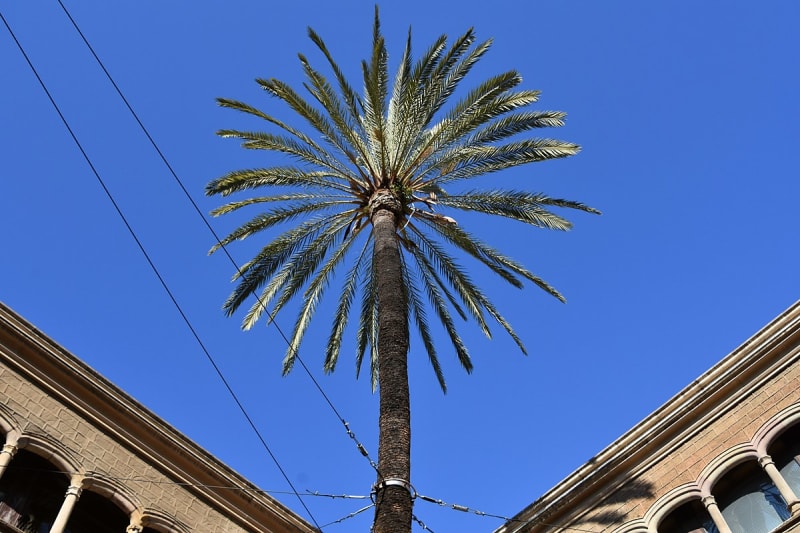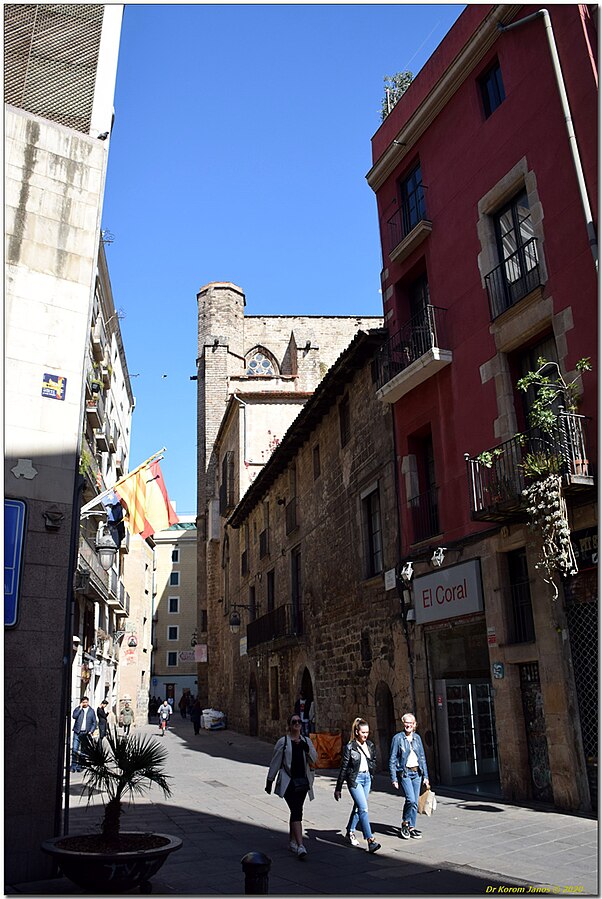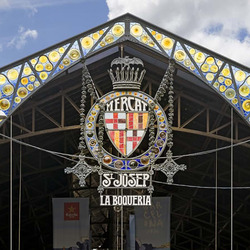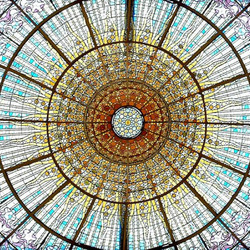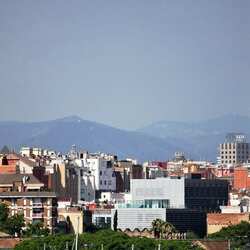Gothic Quarter of Barcelona
The Gothic Quarter of Barcelona is an administrative subdistrict under No. 2 of the Old Town district. The old part of the city stretches almost to the coast, consisting of a confusing maze of streets, alleys, stairs and arches. Renaissance, Gothic and neoclassicism harmoniously combine, giving a unique charm to the ancient buildings.
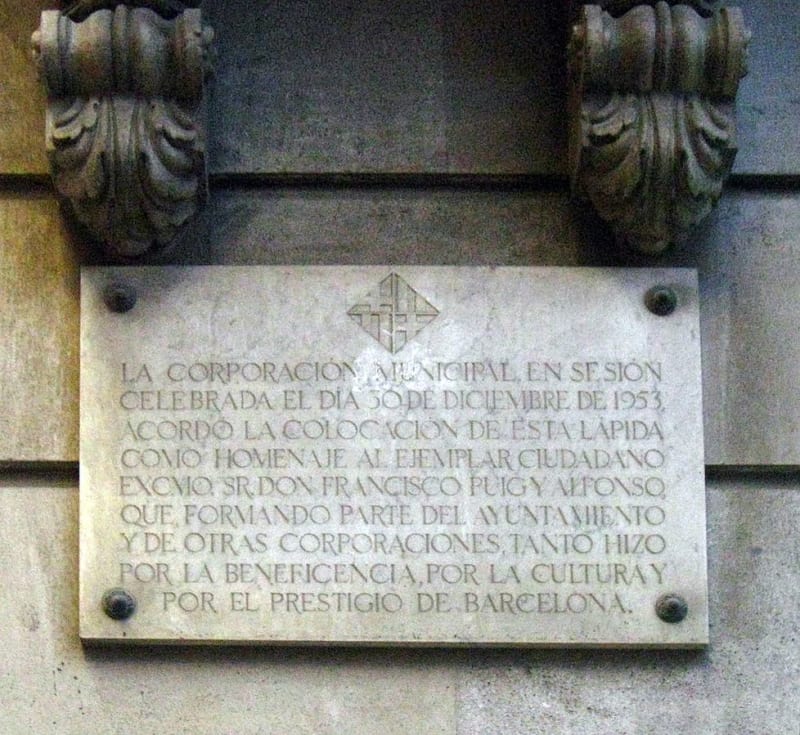
History of origin
It begins from the time of the Roman Empire, when there was a small settlement of Barsino, surrounded by fortress walls. There's not much left of them these days. After the earthquake of the 13th century, many of the old buildings were destroyed, they were restored and new ones were built. That is why the houses built in the XIV-XV centuries form the main part of the architectural splendor of the Old Town.
In the Gothic Quarter of Barcelona, you can find the oldest surviving house, built in the 12th century. Every piece of land, every building is of historical value and attracts millions of tourists every year.
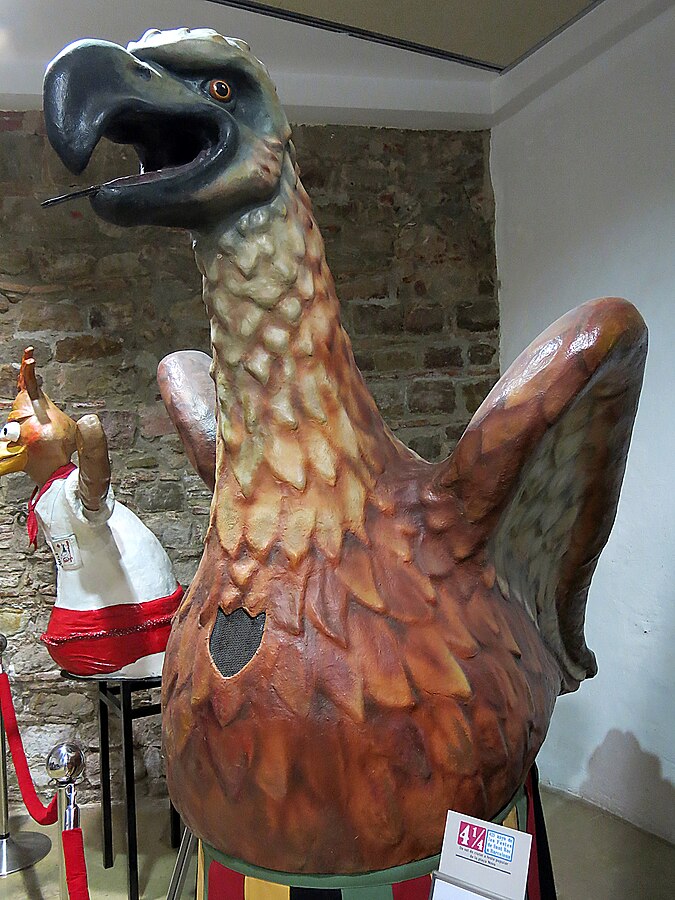
The temple of the Roman Emperor Augustus has suffered serious damage - time has not spared him. There were 4 Corinthian columns, which suffered the least damage. For safety, they were placed in a specially installed pavilion.
The Royal Palace, restored by the caring hands of skilled craftsmen, appears in all its grandeur. An example of unique Catalan architecture, built in the Middle Ages, harmoniously combines elements of Moorish and European architecture. The facades of the palace are decorated with numerous intertwining arches.
Main attractions
There are many places in Barcelona's Gothic Quarter that locals are proud of. St. Peter's Square St. James (Sant Jaume) - the heart of old Barcelona. Since ancient times, it has been a venue for celebrations and processions. It is decorated with the Renaissance-style Government Palace and the neoclassical-style city hall.
The Royal Square was built in the 19th century. In terms of space, it is significantly inferior to Sant Jaume. The project's customers were the richest citizens. The square is surrounded by magnificent buildings in the style of aristocratic classicism with beautiful arches, cafes and restaurants are located on their lower floors. The space of the Royal Square is decorated with graceful fountains and tall palm trees. This is a favorite vacation spot of the townspeople. More than one blockbuster movie was shot here.
In 1897, the cafe "4 cats" was opened - a meeting place for creative people. The architect A. Gaudi and P. Picasso often visited here. During the Franco dictatorship, the cafe was destroyed, but after the regime change it was rebuilt.
Cathedral of the Holy Cross and St. The Eulalie in the Gothic Quarter of Barcelona is the main temple of Barcelona. Eulalia, who was martyred by pagans in the fourth century, is considered the patroness of the city. She was only 13 years old. In memory of her, 13 white geese live in the chapel, symbolizing the purity and innocence of the young virgin. Construction began in the 13th century and continued until the beginning of the 19th century. The cathedral was built on the site of an ancient Romanesque church, which was also built at one time instead of the destroyed temple of the Visigoths. The grandiose Gothic-style structure barely fits between the narrow streets: the facade is 40 m wide and the spire is 93 m high. The cathedral was designed by architect J. Fabre. The building is decorated with towers, arches and delicate walls.
The Jewish quarter is El Kohl, famous for its synagogue. The quarter was repeatedly subjected to devastating attacks, but the residents managed to preserve and restore the temple.
Local artists exhibit their work in Piazza del Pi. It is especially crowded here on Saturdays, when local farmers bring their goods for sale.
The Bridge of Sighs is most often depicted on Barcelona commemorative postcards. It was built in the 20s of the last century to connect the Presidential Palace with the Government House and is located near the Cathedral.
There are several museums in the Gothic Quarter. Among them is the Barcelona History Museum, which features exhibits from the Roman Empire to the present day, fragments of ancient temples, household items, interiors and decorations.
The Frederic Mares Museum has a "Sentimental Museum", a magnificent collection of sculptures from ancient to modern times. The Villa de Arte Gallery introduces the works of S. Dali, P. Picasso and other contemporary artists.
Barcelona's Gothic quarter has retained the messy layout typical of medieval cities. Most of the narrow, curved streets are closed to traffic. A leisurely walk through them brings real pleasure to millions of tourists, giving them the opportunity not only to see, but also to touch priceless artifacts.
